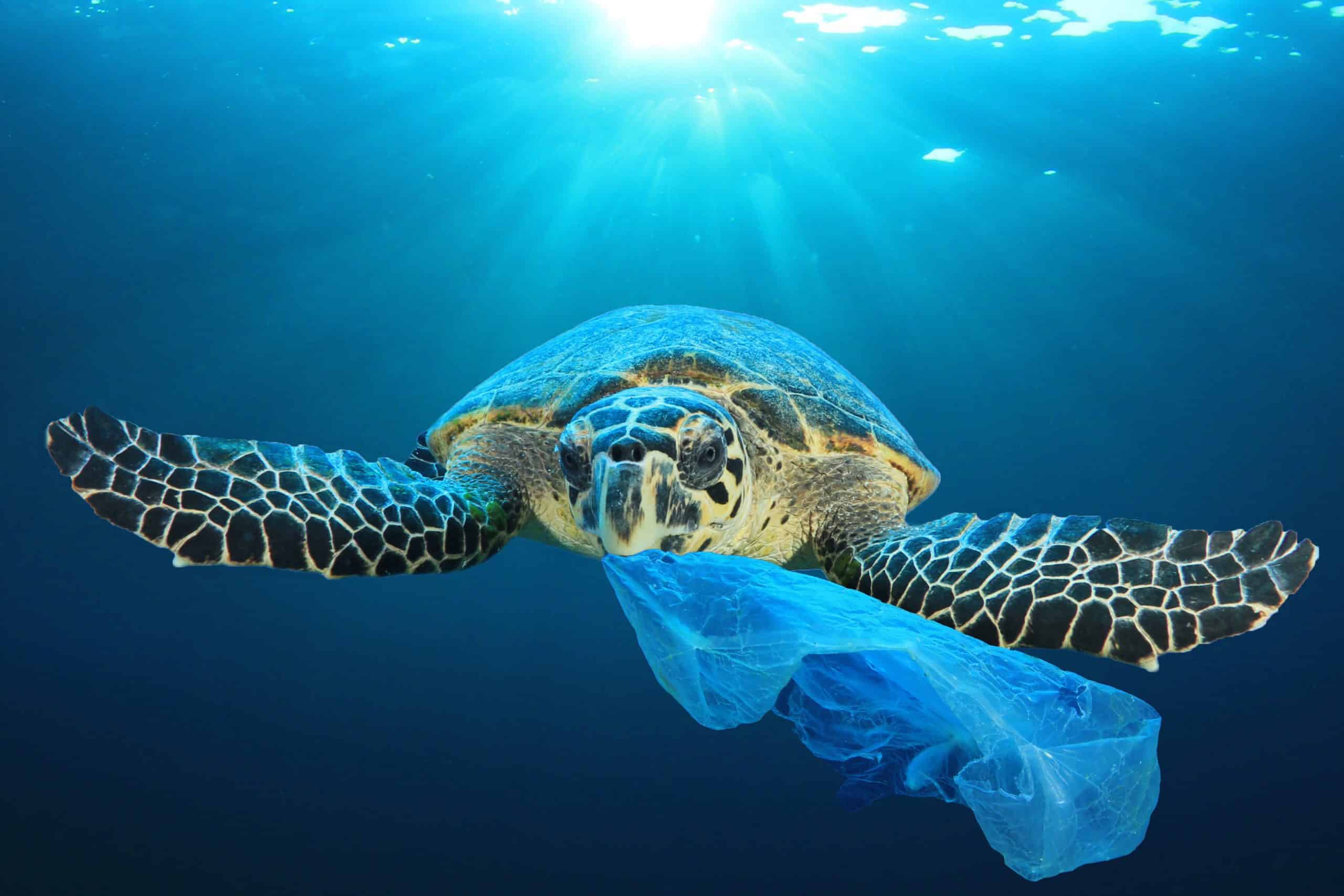The proliferation of plastics in our environment is such a big issue I have chosen it as my editorial discussion topic this month.
What if there was an alternative that we could implement to confront the large-scale manufacturing of plastics?
As we come to terms with the hard reality that more than 90% of the world’s discarded plastic is never recycled, and that billions of tons of plastic waste has kept accumulating unchecked for more than six decades, it’s time to accept this as a global problem.
Researchers who undertook the world’s first count of how much plastic has been created, disposed of, consumed or put in landfills since the 1950s, were astonished by the sheer magnitude of their findings. By 2015, they discovered, humans had generated 8.3 billion metric tons of plastic, with only 2 billion tons not yet discarded. Of the 6.3 billion tons of plastic waste, only 9% was recycled and 12% incinerated. The remaining 79% has been left to languish in landfills or the natural environment. That means at some point, much of it ends up in the oceans — the final sink.
This groundbreaking global analysis of the production, use and fate of all plastics ever made was led by a team of scientists from the University of Georgia, the University of California, Santa Barbara and Sea Education Association. The results were published in the peer-reviewed journal Science Advances and reported by sciencedaily.com on July 19, 2017.
If current trends continue, roughly 12 billion metric tons of plastic waste will be in landfills or the natural environment by 2050. Twelve billion metric tons is about 35,000 times as heavy as the Empire State Building.
The failure to recycle 91% of the 5,800 million tons of primary plastic no longer in use was the focus of an in-depth analysis of plastic pollution published by Our World in Data. Income-based comparisons are made between countries according to their rates of per-capita waste generation and adequacy of plastic waste management systems. The consequences of plastic waste mismanagement are examined from many angles, including the risk to ocean life.
Evidence has shown the enormous quantities of plastic that winds up in the oceans and the damage it is causing to birds, marine creatures, and fish. It also affects the beautiful shoreline and entangles wildlife on shore as well.
One of the most frequently cited forecasts is that by mid-century, the seas will contain more plastic waste than fish, ton for ton. This is a revitalizing cry to take care of the business of reducing our reliance on plastics.
You can’t oversee what you don’t understand.
A means of better oversight of plastic items needs to be established. Gaining control of plastic waste is now such a large task that it calls for a comprehensive, global approach, says Jenna Jambeck, Distinguished Professor in Environmental Engineering at the University of Georgia and a National Geographic Fellow. It involves rethinking plastic chemistry, product design, recycling strategies, and consumer use.
We need to find an alternative to fulfill our ever-increasing needs. As consumers and as a global community, we need to consider whether it merits compromising a few comforts for a more perfect, and healthier environment.
What if plastic items could be designed to degrade into something that isn’t a toxin to our environment?
Plastic requires more than 400 years to break down, so the majority of it actually still exists and also lives within the food that we consume. Micro-plastics are on the shortlist for a global ban.
However, breakthroughs have been made to address this issue from a different angle, by creating plastics that completely biodegrade.
It’s our responsibility to continue to promote these advancements and bring them to public attention. See this article in the magazineJTNDZGl2JTIwc3R5bGUlM0QlMjJwb3NpdGlvbiUzQXJlbGF0aXZlJTNCcGFkZGluZy10b3AlM0FtYXglMjg2MCUyNSUyQzMyNnB4JTI5JTNCaGVpZ2h0JTNBMCUzQndpZHRoJTNBMTAwJTI1JTIyJTNFJTNDaWZyYW1lJTIwc2FuZGJveCUzRCUyMmFsbG93LXRvcC1uYXZpZ2F0aW9uJTIwYWxsb3ctdG9wLW5hdmlnYXRpb24tYnktdXNlci1hY3RpdmF0aW9uJTIwYWxsb3ctZG93bmxvYWRzJTIwYWxsb3ctc2NyaXB0cyUyMGFsbG93LXNhbWUtb3JpZ2luJTIwYWxsb3ctcG9wdXBzJTIwYWxsb3ctbW9kYWxzJTIwYWxsb3ctcG9wdXBzLXRvLWVzY2FwZS1zYW5kYm94JTIyJTIwYWxsb3dmdWxsc2NyZWVuJTNEJTIydHJ1ZSUyMiUyMHN0eWxlJTNEJTIycG9zaXRpb24lM0FhYnNvbHV0ZSUzQmJvcmRlciUzQW5vbmUlM0J3aWR0aCUzQTEwMCUyNSUzQmhlaWdodCUzQTEwMCUyNSUzQmxlZnQlM0EwJTNCcmlnaHQlM0EwJTNCdG9wJTNBMCUzQmJvdHRvbSUzQTAlM0IlMjIlMjBzcmMlM0QlMjJodHRwcyUzQSUyRiUyRmUuaXNzdXUuY29tJTJGZW1iZWQuaHRtbCUzRmJhY2tncm91bmRDb2xvciUzRCUyNTIzNWQ2NWIwJTI2ZCUzRDIwMjExMl9kZWNfaWRtJTI2cGFnZU51bWJlciUzRDglMjZ1JTNEaG93bGVyJTIyJTNFJTNDJTJGaWZyYW1lJTNFJTNDJTJGZGl2JTNF






